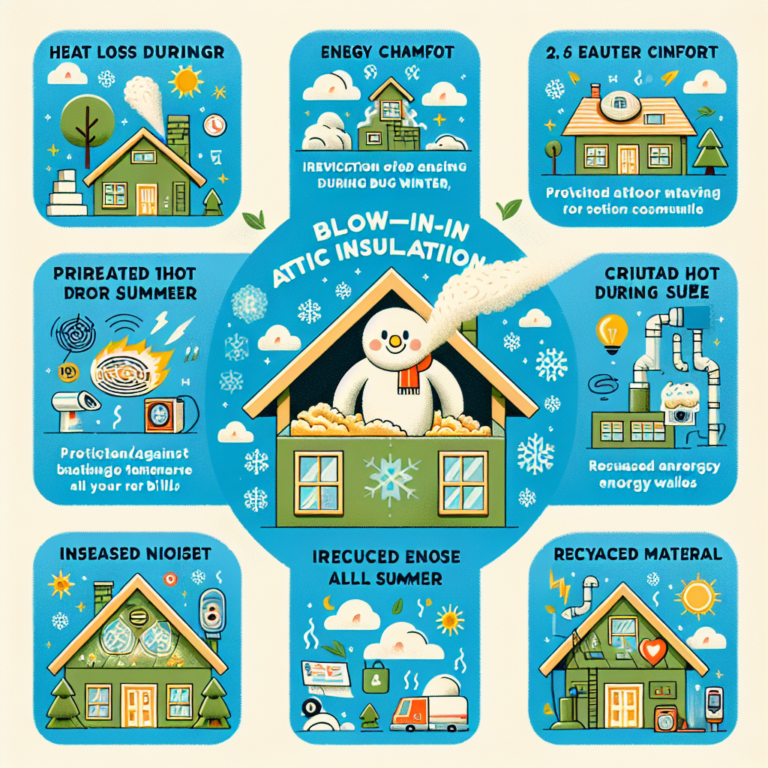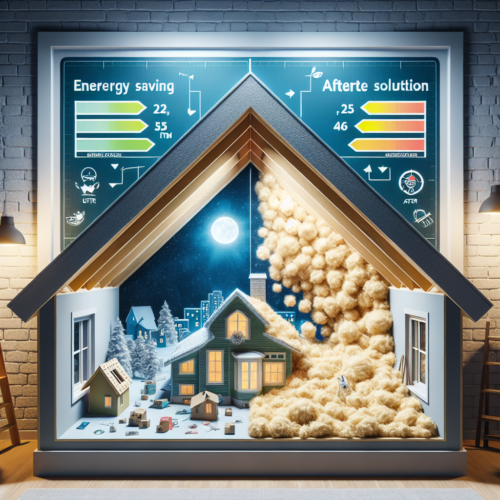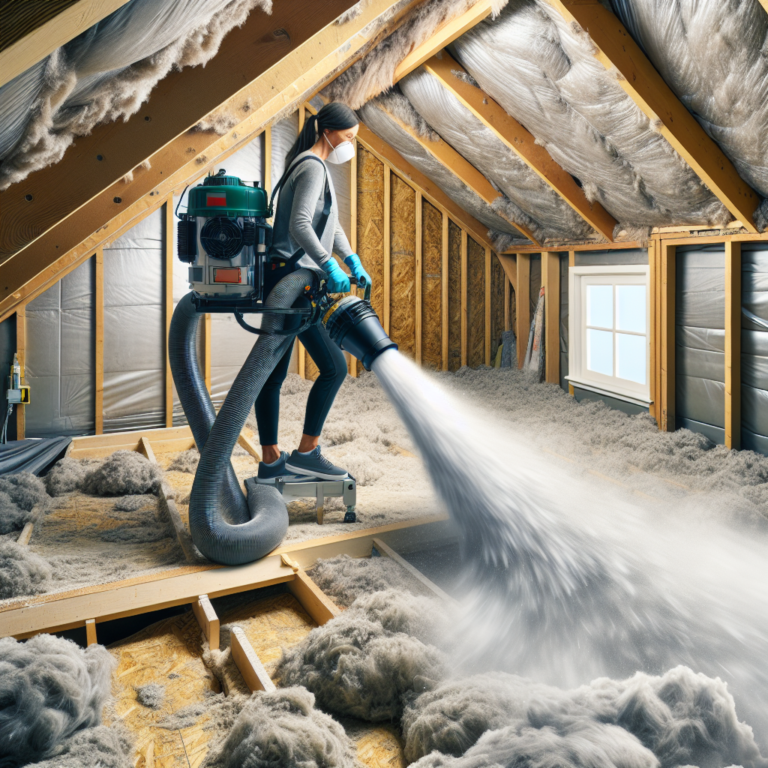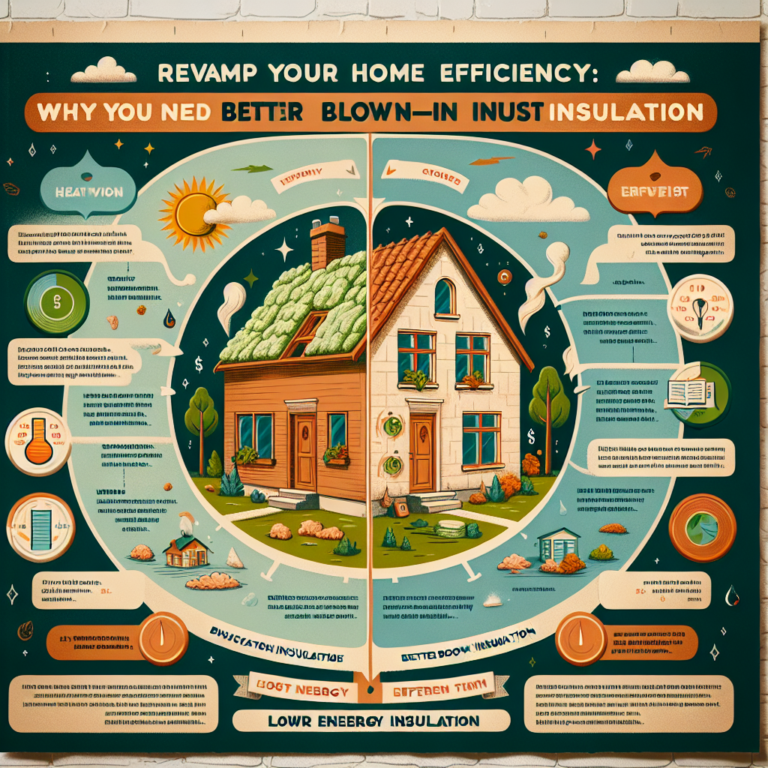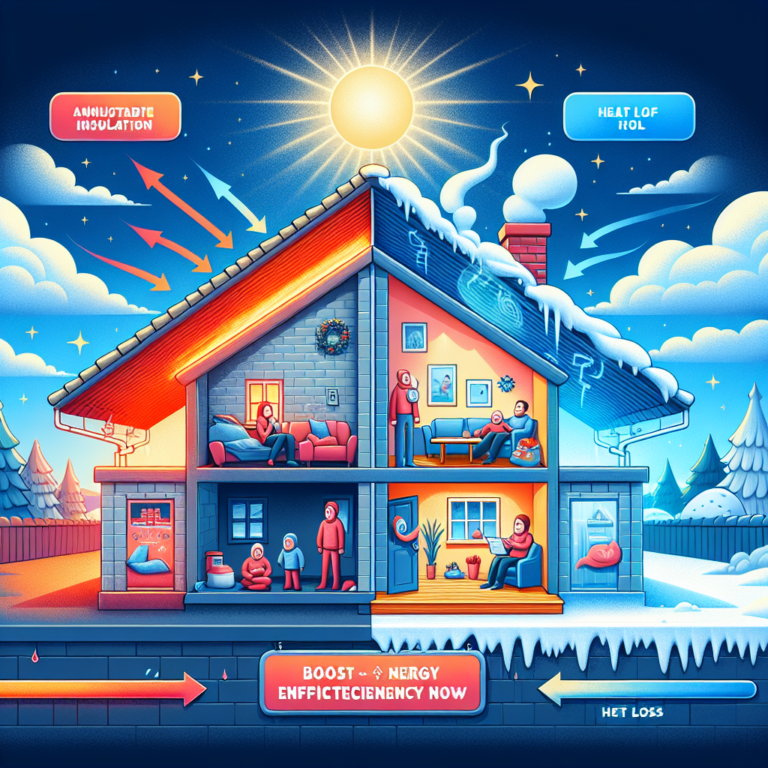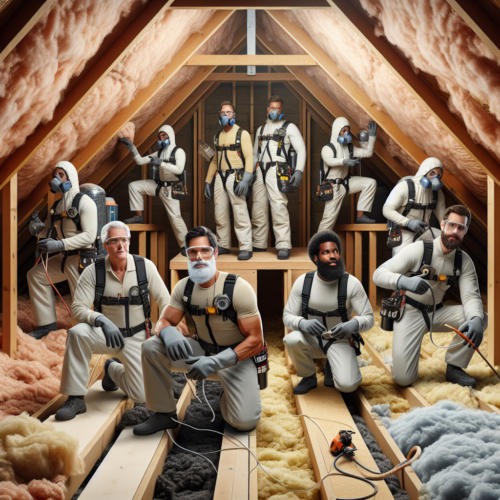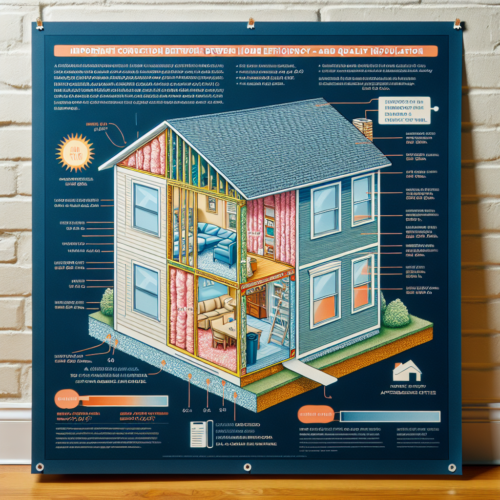Slash Your Energy Bills with Attic Spray Insulation: Cost and Efficiency Explained
Introduction
Upgrading your home’s insulation is one of the smartest ways to cut energy costs, and attic spray insulation has emerged as a top choice for homeowners. By applying a seamless, expanding foam barrier across your attic’s walls and ceiling, you’ll lock in the temperature you want and keep unwanted heat out. In this article, we’ll explore how attic spray insulation works, what drives its cost, and how you can maximize your savings.
H2: Why Attic Spray Insulation Boosts Energy Efficiency
Attic spray insulation creates a uniform thermal envelope by filling every crevice, gap, and hard-to-reach corner. Unlike batt insulation, which can shift or leave voids, spray foam expands on contact, eliminating drafts and air leaks. Key benefits include:
• Significant energy savings: The U.S. Department of Energy estimates that nearly half of a home’s energy costs go toward heating and cooling. Proper attic spray insulation can reduce that expense by up to 20%.
• Year-round comfort: A tight attic seal stops cold spots in winter and overheating in summer, maintaining a consistent indoor climate.
• Air quality improvements: Foam’s airtight barrier prevents contaminated attic air—dust, pollen and allergens—from circulating into living areas.
• Eco-friendly material: Many spray foams contain recycled content and minimal chemicals, lowering your carbon footprint.
• Sound dampening: The density of spray foam muffles exterior noise, giving you a quieter home environment.
H2: Factors Affecting Attic Spray Insulation Cost
Understanding the components of attic spray insulation cost helps you plan and budget accurately. Major factors include:
H3: Attic Size and Configuration
The larger and more complex your attic, the more material and labor required. Simple, rectangular attics cost less per square foot than those with many dormers, knee walls or plumbing and electrical obstacles.
H3: Type of Spray Foam
There are two primary types:
• Open-cell foam – Lower R-value per inch, softer texture, more affordable. Best for interior sound control and moderate climates.
• Closed-cell foam – Higher R-value per inch, rigid structure, moisture resistant and more expensive. Ideal for cold climates or crawl spaces prone to moisture.
H3: Site Accessibility and Preparation
Attics cluttered with debris or old insulation add removal and cleanup charges. Difficult access—steep roofs or multi-story homes—can also inflate labor costs.
H3: Contractor Expertise and Geography
Experienced, certified installers often charge premium rates but deliver precise coverage that pays off in performance and durability. Urban areas with high demand may see slightly higher rates than rural regions.
H3: Seasonal Demand and Incentives
Winter months typically carry peak demand for insulation services, which can push prices up. Off-season installation may earn you a discount. Also, local utility rebates and federal tax credits for energy-saving upgrades can offset part of the expense.
On average, homeowners invest between $1,500 and $2,500 for professional attic spray insulation, though final costs can range from $1 to $3 per square foot depending on these variables.
H2: Maximizing Savings on Attic Spray Insulation
While attic spray insulation carries an upfront cost, smart planning can stretch your budget further and speed your return on investment.
H3: Choose the Right Insulation Type
Evaluate your climate and moisture concerns. In warmer regions, open-cell foam may suffice. In colder zones or where air leakage is severe, closed-cell foam’s superior R-value will save you more over time—even if initial costs are higher.
H3: Prepare Your Attic Thoroughly
Clear out debris, seal visible air leaks around vents or chimneys, and ensure proper ventilation pathways. A clean, well-organized workspace allows installers to work faster and reduces labor fees.
H3: Leverage Rebates and Tax Credits
Research federal, state, and utility company incentives before you schedule work. Many programs rebate a portion of your cost for energy-efficient upgrades, potentially knocking hundreds off your final bill.
H3: Compare Multiple Quotes
Obtain detailed estimates from at least three reputable contractors. Ask for line-item breakdowns—material, labor, removal, permits—so you can compare apples to apples and avoid hidden fees.
H2: Q&A: Attic Spray Insulation Cost and Benefits
1) What is the average cost of attic spray insulation?
Most homeowners pay between $1,500 and $2,500 for a professionally installed system, though project size, foam type, and location can push that range higher or lower.
2) How does attic spray insulation compare to fiberglass or cellulose?
Spray foam generally costs more upfront but offers a higher R-value per inch, superior air sealing, and long-term energy savings that often outweigh the initial investment.
3) Can spray insulation damage my roof or attic structure?
When installed by certified professionals, spray foam is safe for common roof assemblies. Be sure to hire contractors who follow manufacturer guidelines and observe proper curing times.
Conclusion
Attic spray insulation combines exceptional energy efficiency, improved indoor comfort, and long-term cost savings. Though the initial investment may exceed that of traditional insulation, the reduction in heating and cooling bills, potential rebates, and increase in home value make it a smart, money-saving choice. If you’re ready to slash your energy bills and enjoy a more comfortable living space, explore attic spray insulation options today—and start reaping the benefits of a truly efficient home.


